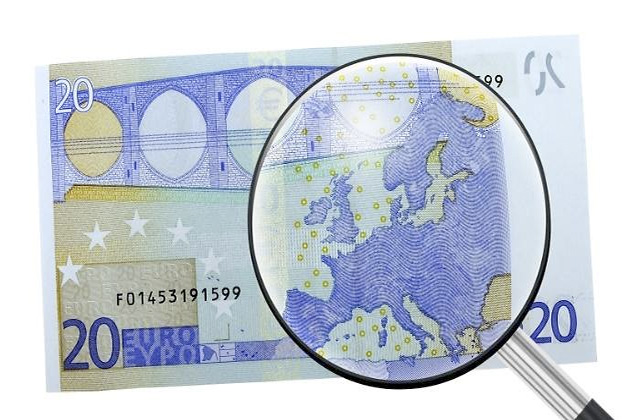The year-on-year inflation rate in the euro area fell by two tenths of a percentage point in July compared to the previous month, reaching 5.3%, which is the lowest increase in prices since January 2022, according to Eurostat’s preliminary estimate, which nevertheless maintains the underlying rate at 5.5%.
The moderation in the rise in prices in July is mainly due to the 6.1% fall in the cost of energy, compared with the 5.6% drop in June, while the rise in the cost of fresh food was 9.2%, two tenths of a percentage point higher than the previous month’s figure.
Likewise, in the case of services, prices rose by 5.6% year-on-year, two tenths more than in May, while non-energy industrial goods increased by five tenths less than the previous month, with a rise of 5%.
Excluding the impact of energy, the year-on-year inflation rate in July stood at 6.7%, compared with 6.9% the previous month, while excluding the impact of the price of food, alcohol and tobacco, the underlying inflation rate remained stable at 5.5%.
Among the eurozone countries, the lowest inflation rates in July were observed in Belgium (1.6%), Luxembourg (2%) and Spain (2.1%), while the strongest price increases were recorded in Slovakia (10.2%), Croatia (8.1%) and Lithuania (7.1%).
On the other hand, at the same time the GDP data for the eurozone was released. The region’s economy recorded an expansion of 0.3% in the second quarter of 2023 compared with the previous three months, when it had remained stable, according to the preliminary estimate published by Eurostat.
In the European Union as a whole, GDP stagnated between April and June, following growth of 0.2 per cent in the first quarter of the year.
Compared with the second quarter of 2022, GDP in the eurozone grew by 0.6 per cent and in the EU by 0.5 per cent.
Among the EU countries for which data were available, the fastest quarterly rate of expansion was in Ireland (3.3%), ahead of Lithuania (2.8%) and France (0.5%).
By contrast, the worst performers in the quarter were Sweden (-1.5%), Latvia (-0.6%), Austria (-0.4%) and Italy (-0.3%).
Also, between April and June, Germany’s economy stagnated, after contracting by 0.1% in the first quarter, while Portugal also failed to register any growth in the second quarter, after expanding by 1.6% in the first three months of 2023.
Compared with the second quarter of 2022, the highest growth rates were in Ireland (2.8%), Portugal (2.3%) and Spain (1.8%). By contrast, the largest year-on-year declines were recorded in Sweden (-2.4%), the Czech Republic (-0.6%) and Latvia (-0.5%).





